Vacuum Thermoforming
WHAT IS VACUUM THERMOFORMING?
Vacuum thermoforming is a type of compression molding in which a plastic sheet is heated to its softening point and then vacuumed to the surface of a mold to create a three-dimensional shape.
THE VACUUM THERMFORMING PROCESS
A blank sheet of thermoplastic material is inserted into a clamp frame.
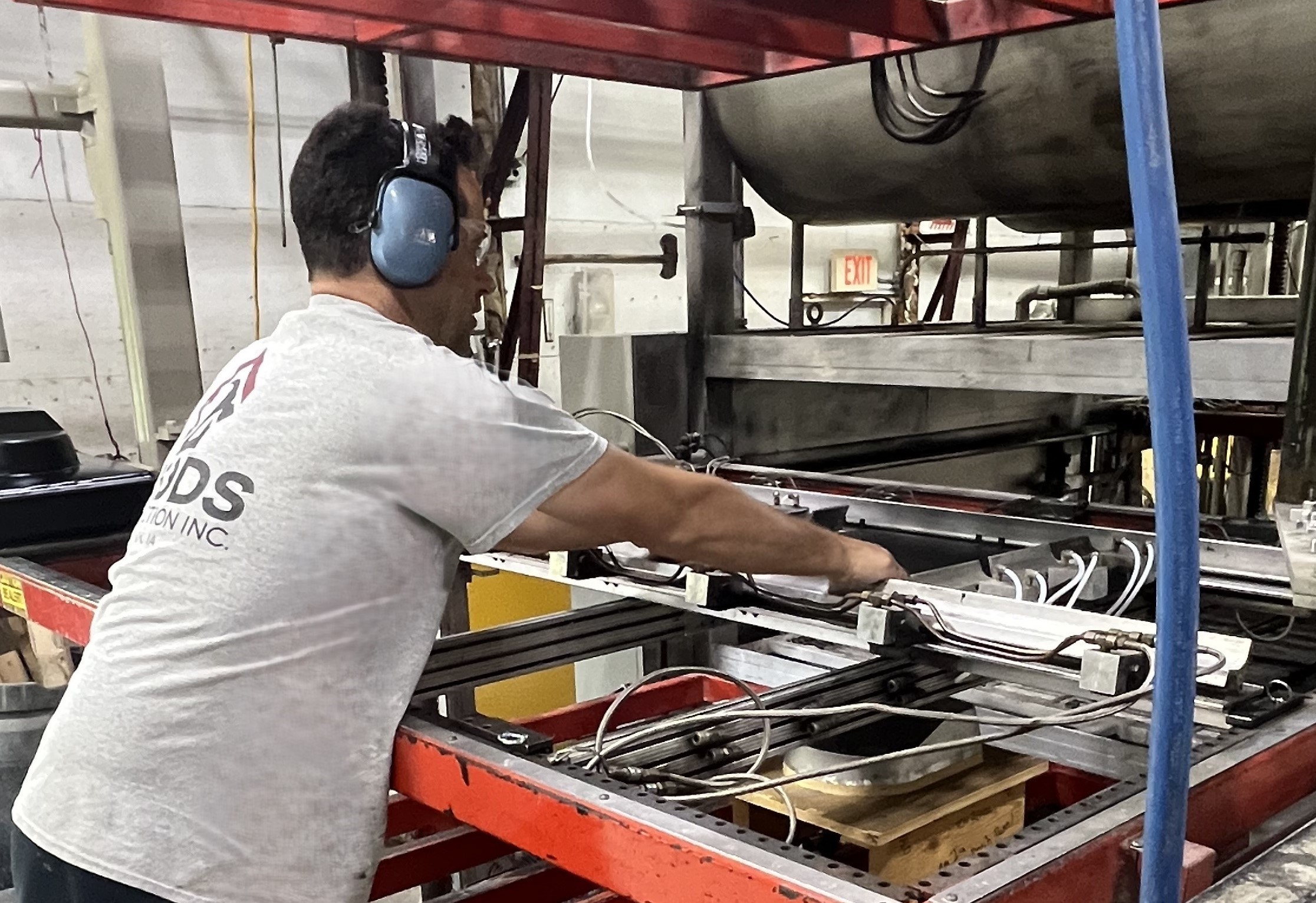
The plastic sheet moves into an oven that is heated to the softening temperature of the material.
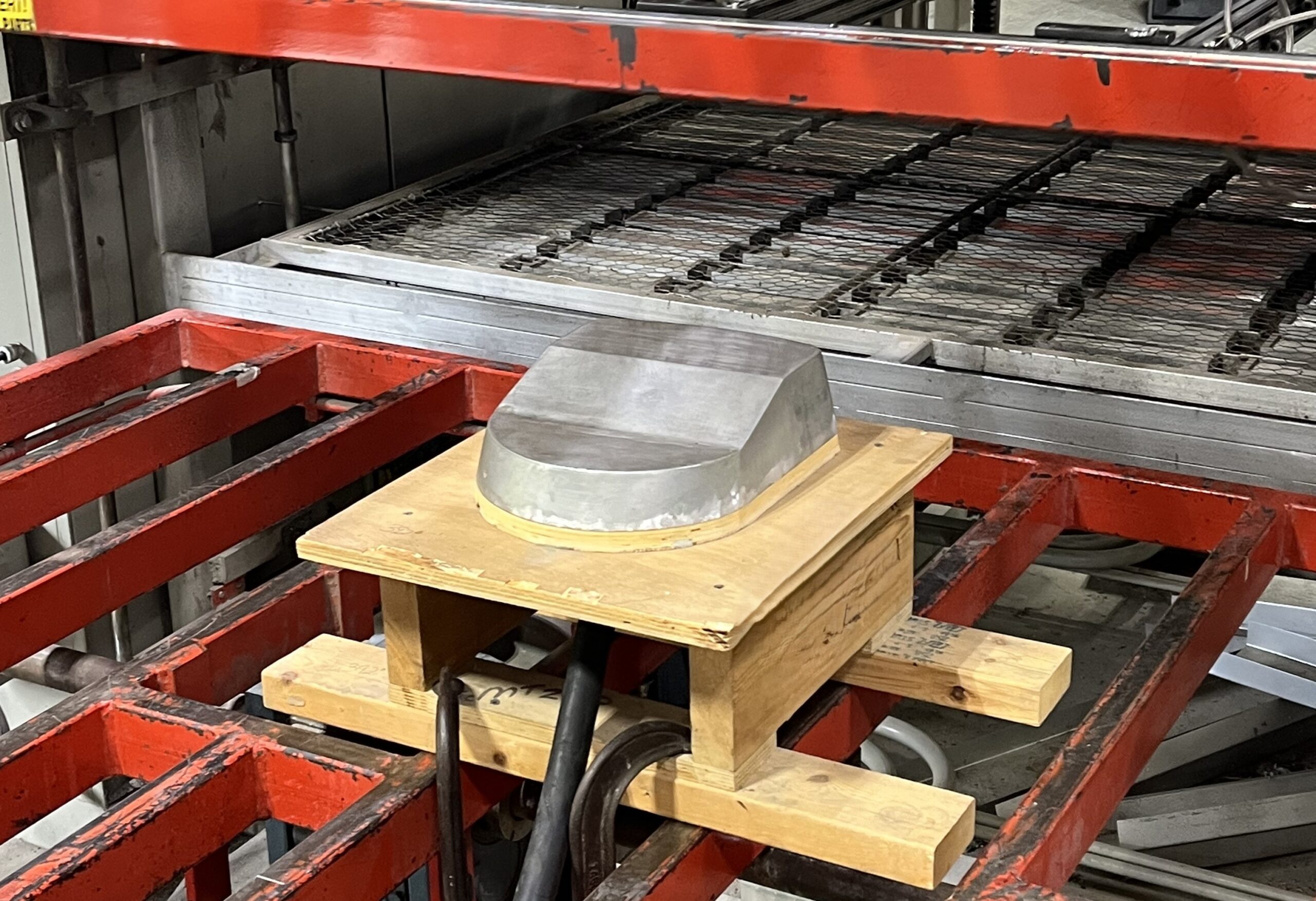
Once the material is pliable, it moves to the forming station
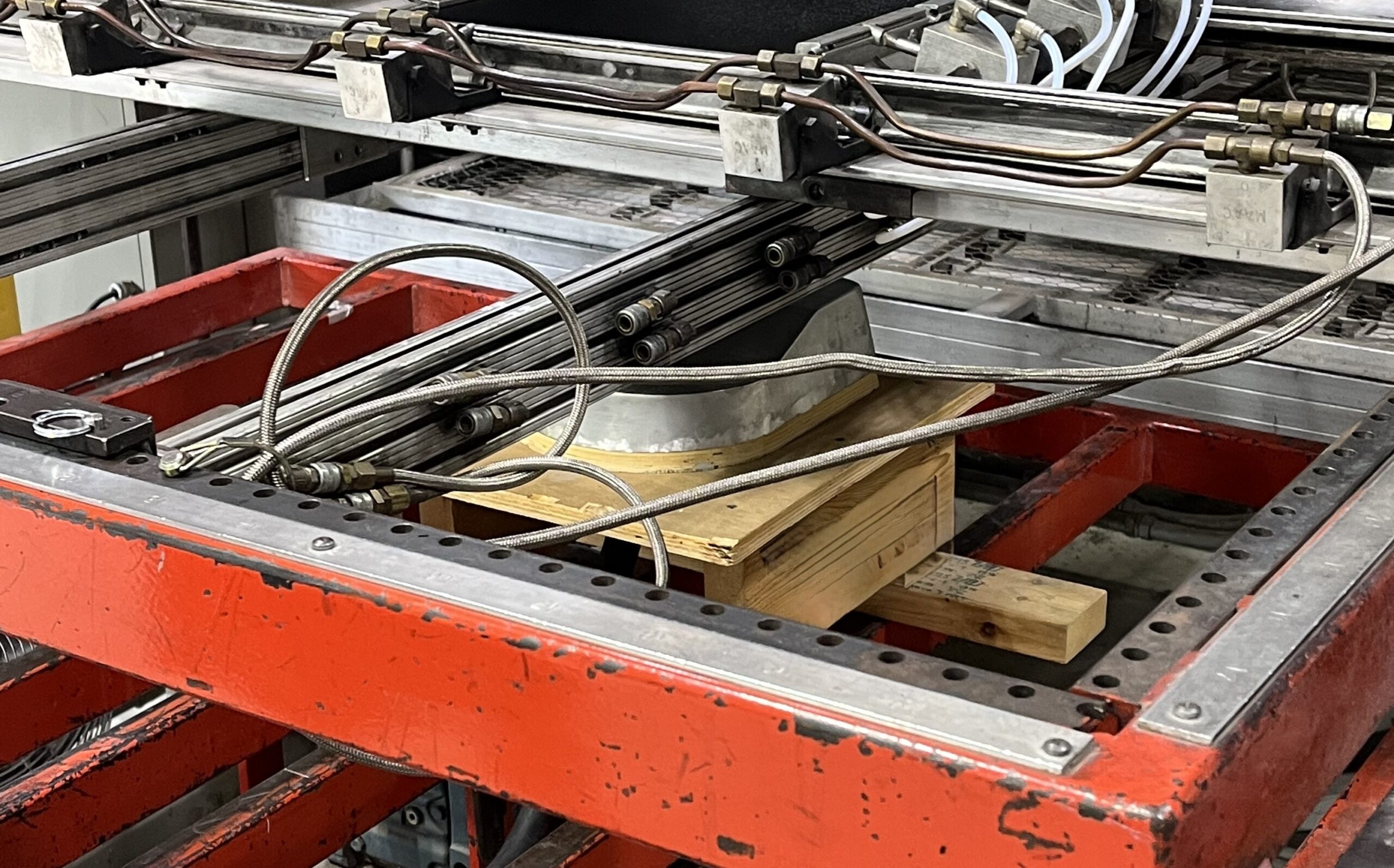
In the forming station, the plastic is sealed to the top of the molding tool.
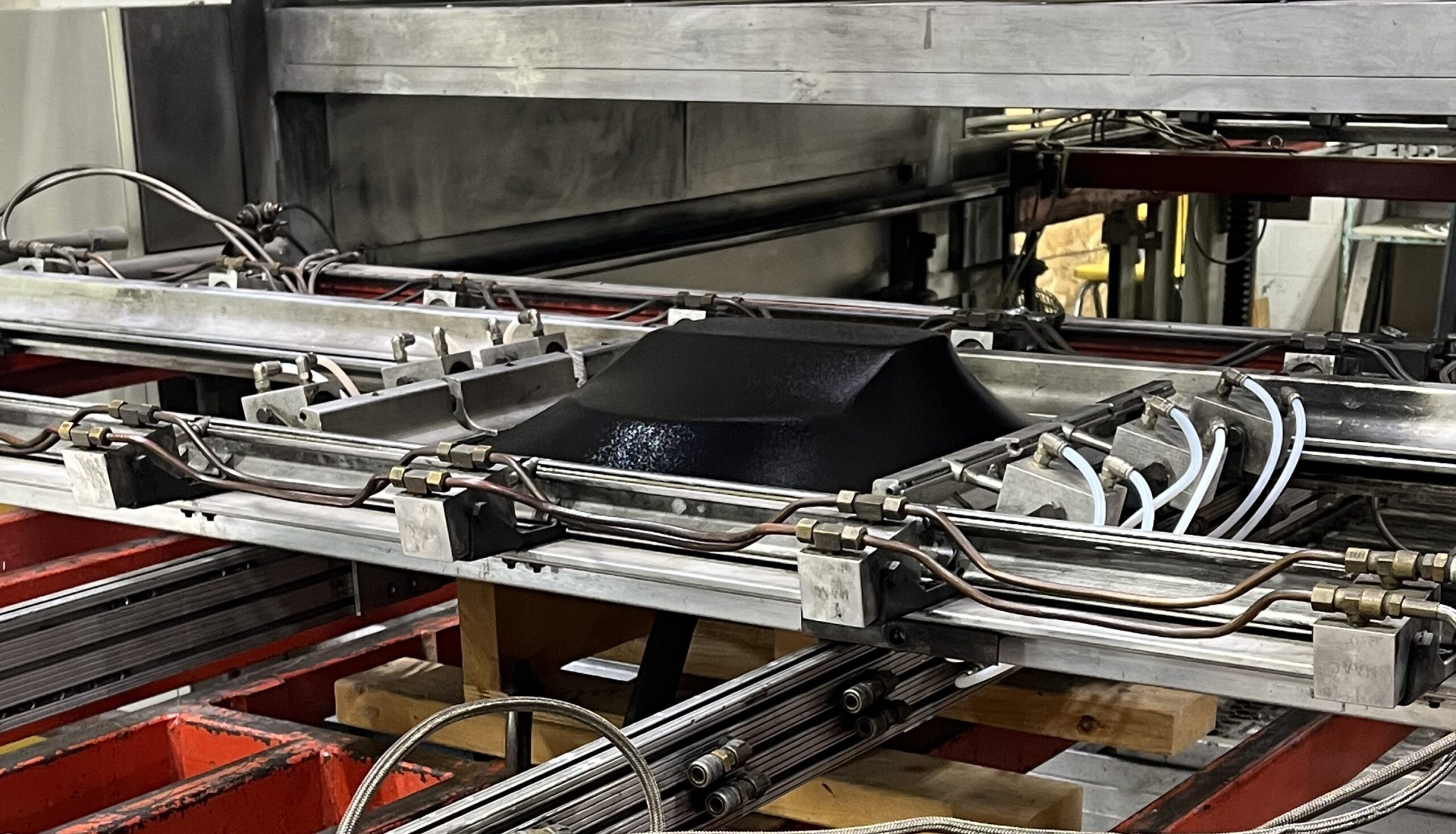
A vacuum forces the plastic against the mold to create the desired three-dimensional shape.
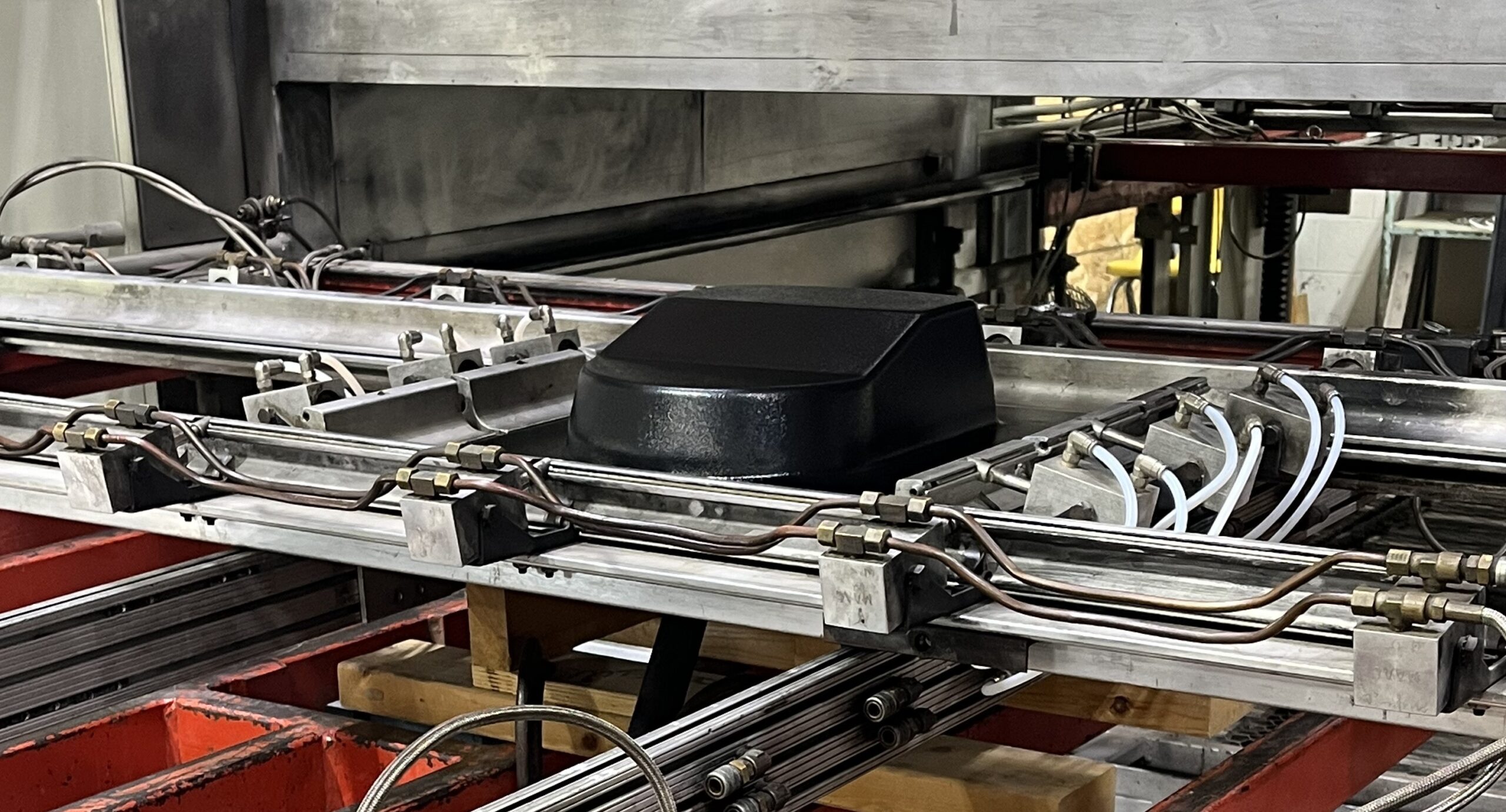
The plastic molding process is complete.
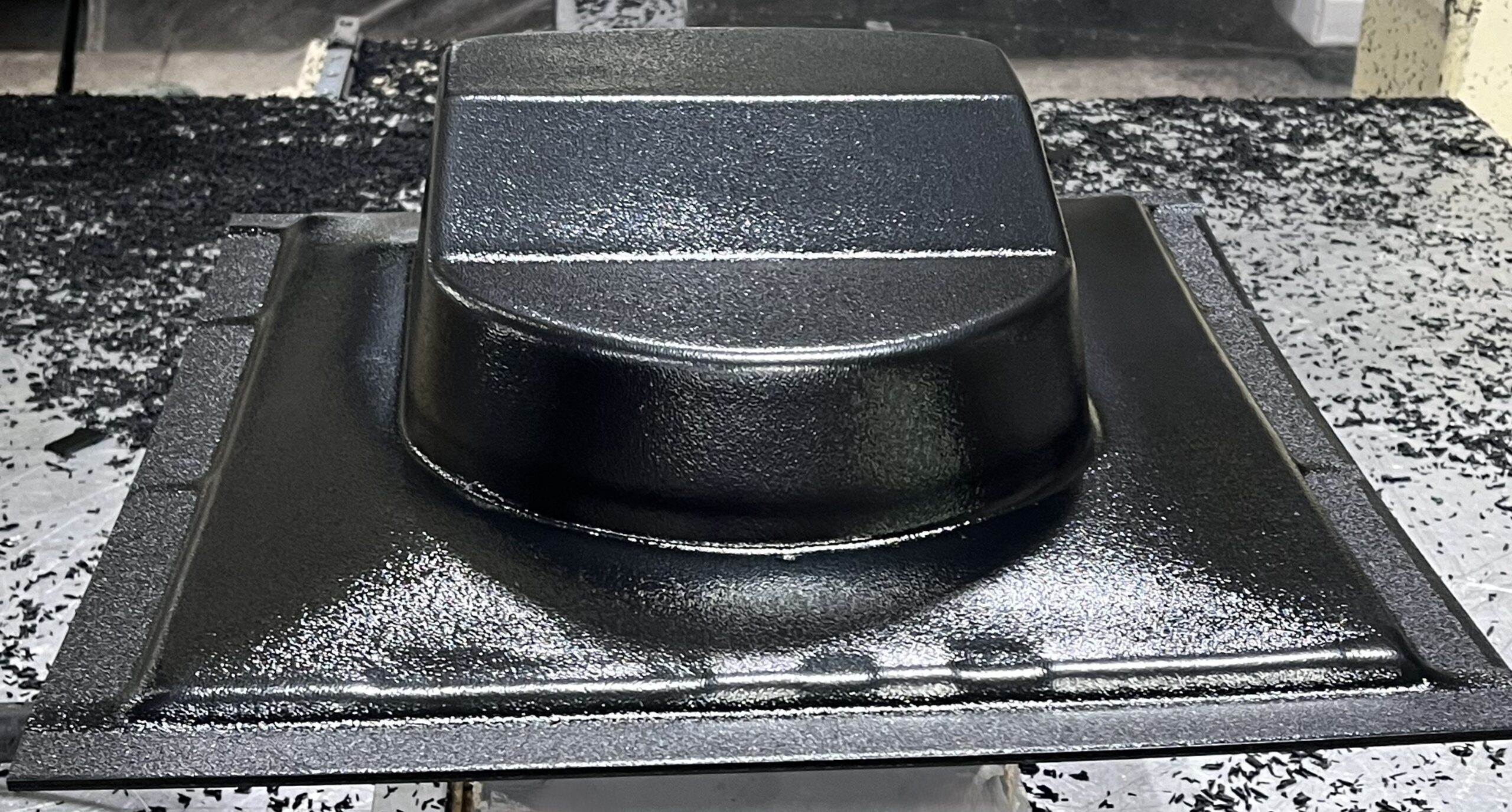
Excess material is trimmed off by one of our CNC routers.
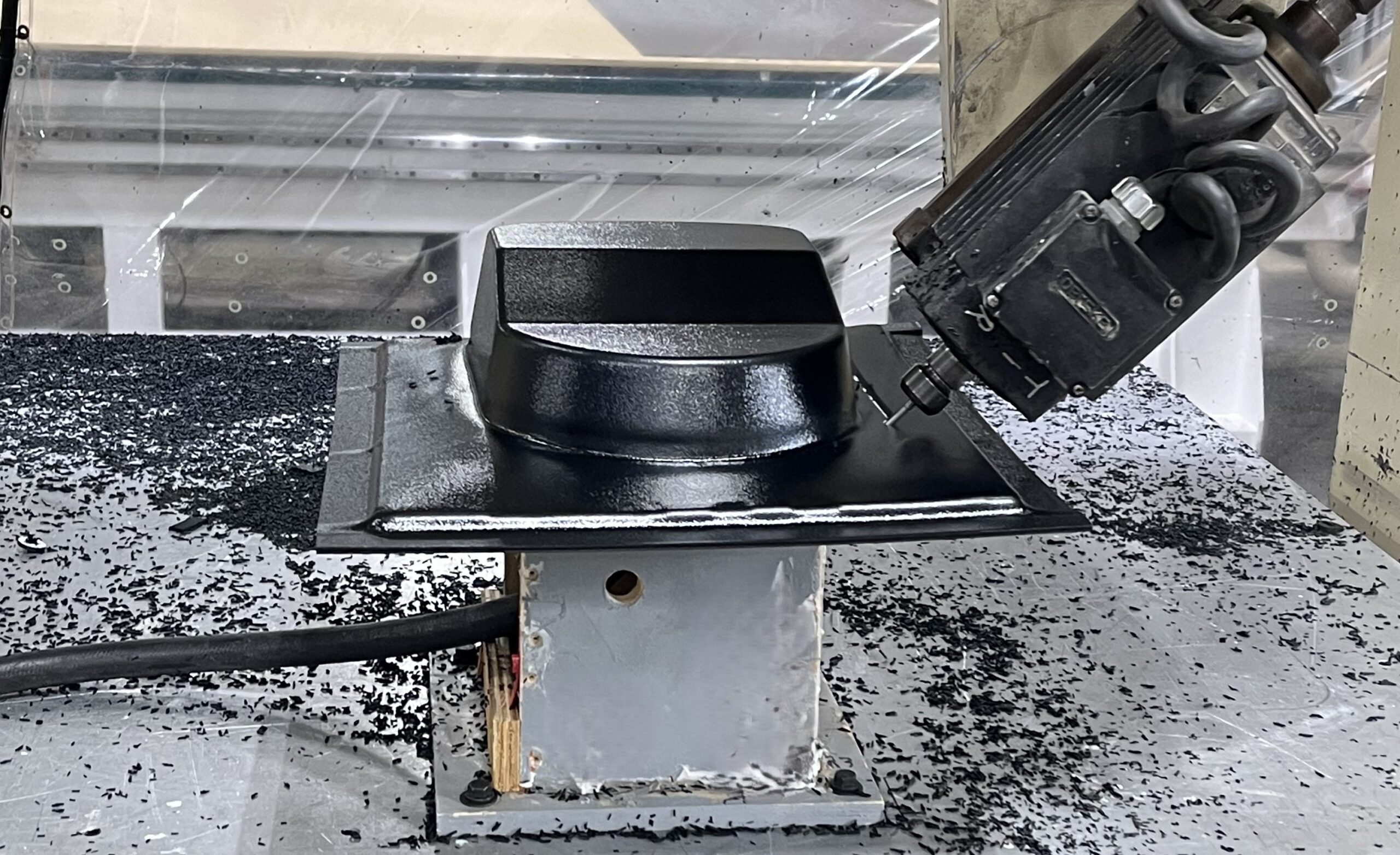
The router will also do any additional custom trimming called out in the customer's print.
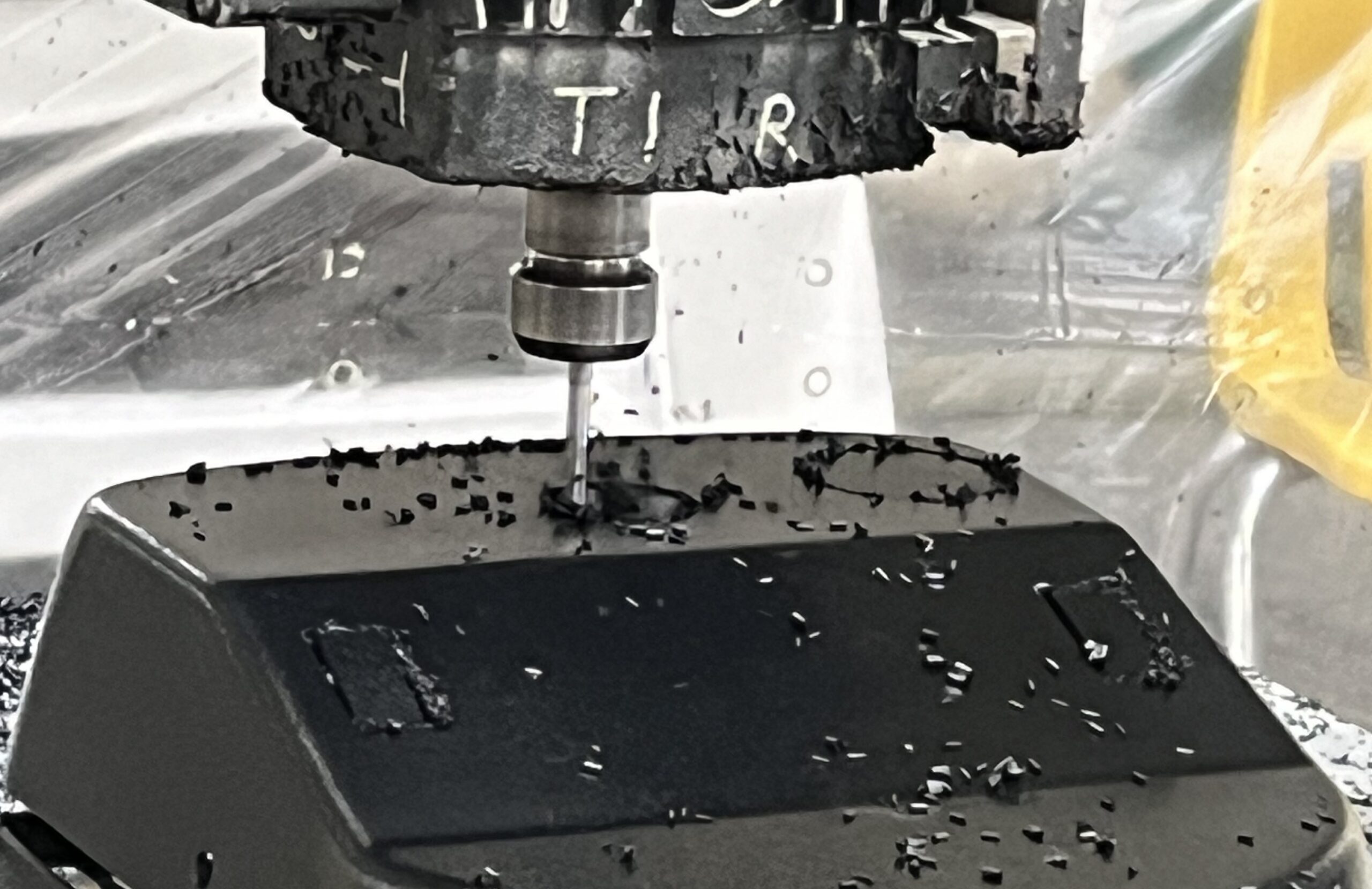
If any assembly, bonding, or hardware installation is required, the part is sent to our finishing department.
Finally, it is carefully packaged according to the customer’s specifications and shipped.
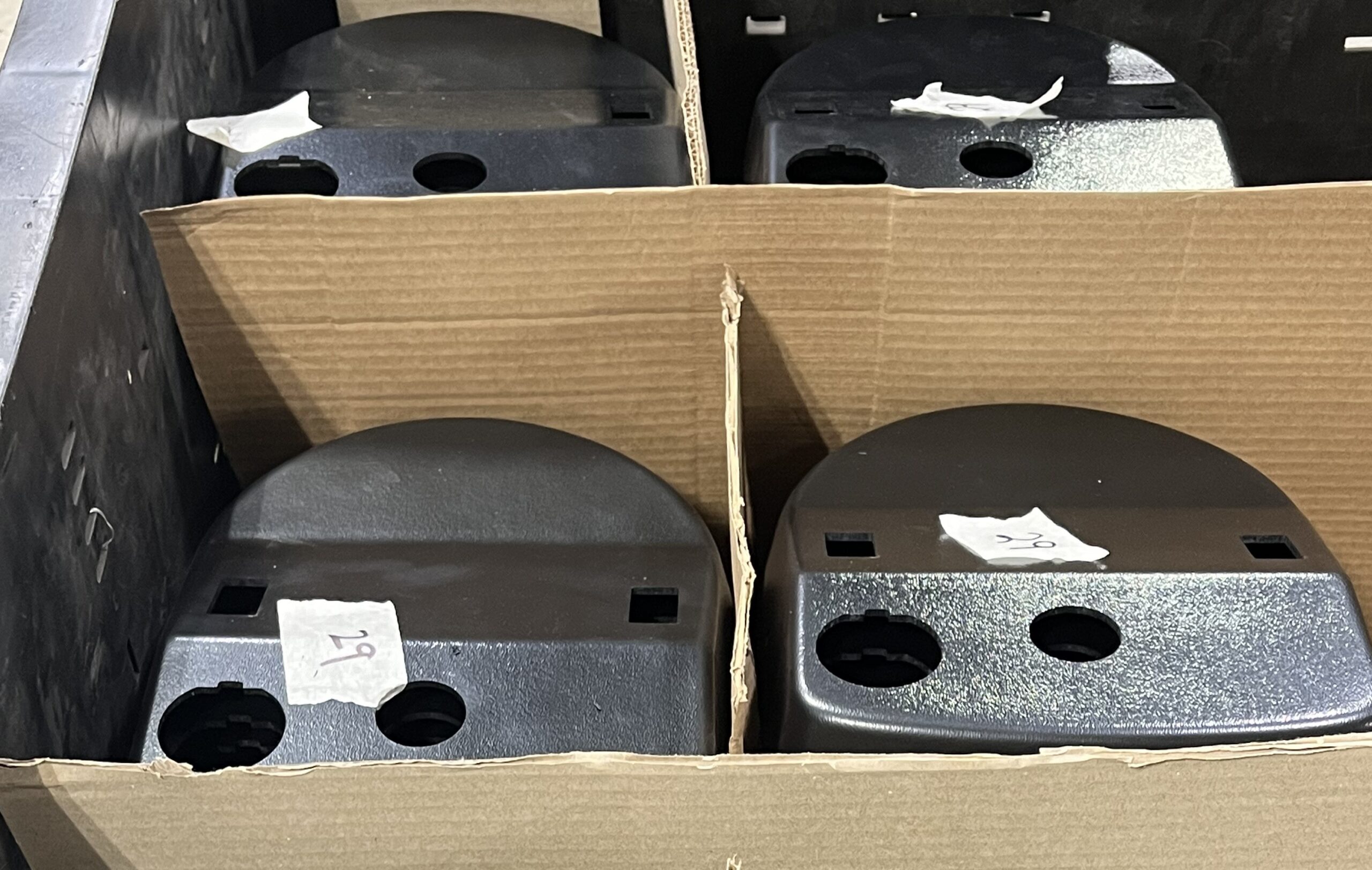
ADVANTAGES OF VACUUM THERMOFORMING
- It is a cost-effective way to create high quality cosmetic parts.
- Tooling costs are low compared to other types of plastic molding.
- There is little material waste.
- Labor costs are minimal.
- A wide variety of materials can be used.
- Lead times are shorter than other types of plastic molding and machining.
- It allows for versatility in designing as undercuts, contours, pockets, textures, and colors can easily be incorporated.
- Projects of varying degrees of thickness can be thermoformed.
- Items can be made from fire retardant or heat-resistant materials.
- Parts are produced with less internal stress than other types of plastic molding.
- There are many aesthetic possibilities…glossy or matte, opaque or translucent, flexible or rigid.
- Products are generally lightweight but very durable due to consistent material thickness.
- Parts are resistant to wear and tear as well as to environmental factors.
- Thermoforming is material efficient.
- Most thermoplastic materials are recyclable; some are biodegradable.
- Waste is minimal.
- Thermoforming is energy efficient compared to other manufacturing processes.
- The carbon footprint is smaller overall.
- Ideal for close tolerance projects.
- Perfect for small to medium sized part runs.
MATERIALS OFTEN USED IN VACUUM THERMOFORMING
- Acrylonitrile Butadiene Styrene ABS
- Polyethylene PE (HDPE, HMWPE, LLDPE, UHMWPE)
- Polyethylene terephthalate glycol PETG
- Polymethyl Methacrylate PMMA (Acrylic, Plexiglass)
- Polypropylene PP
- Polyvinyl Chloride PVC
- Polystyrene PS (HIPS)
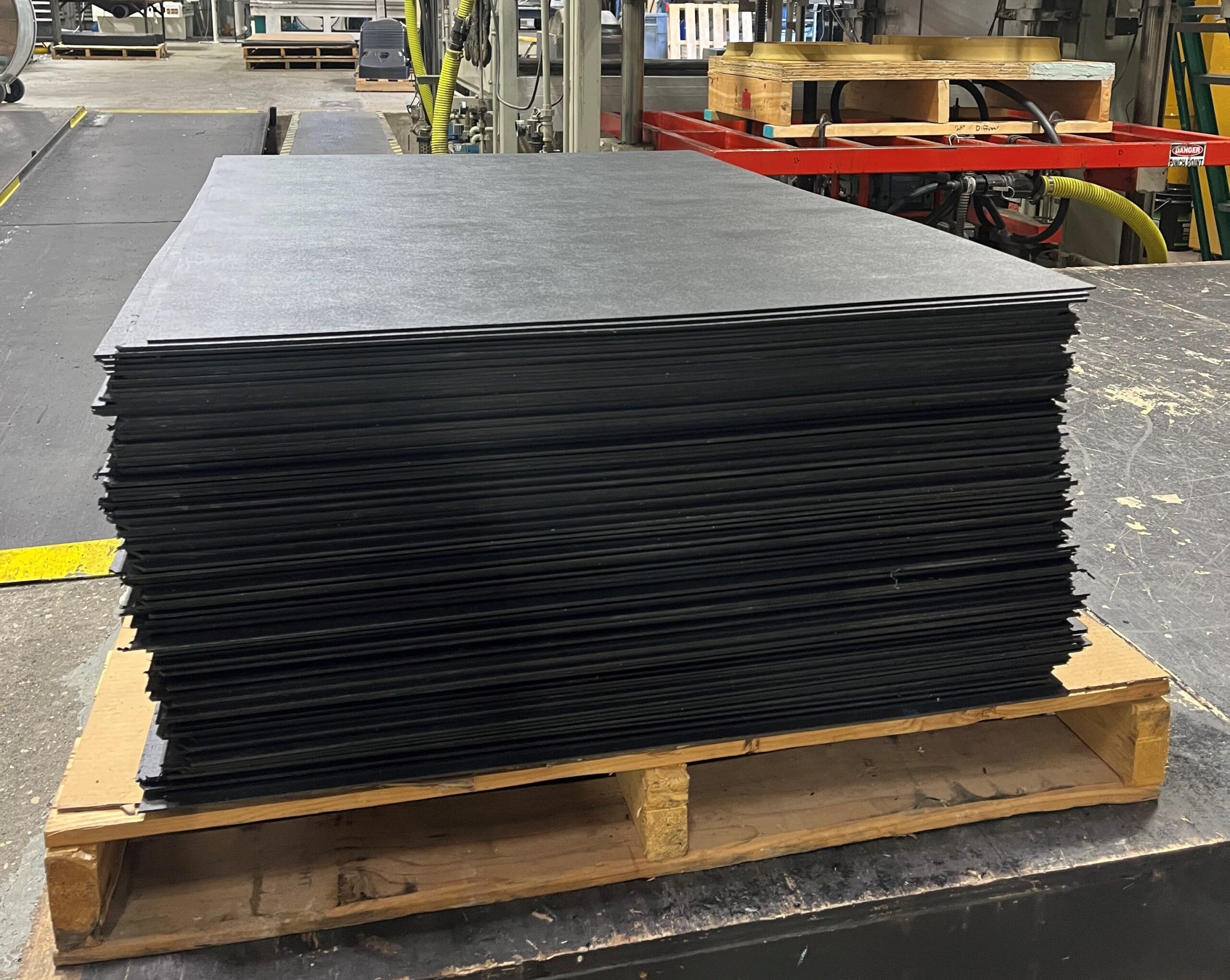
Whether you are starting production on a new part or want to compare pricing for an existing item, QC Plastics is here to help with your custom plastic manufacturing projects. Request a quote today!
